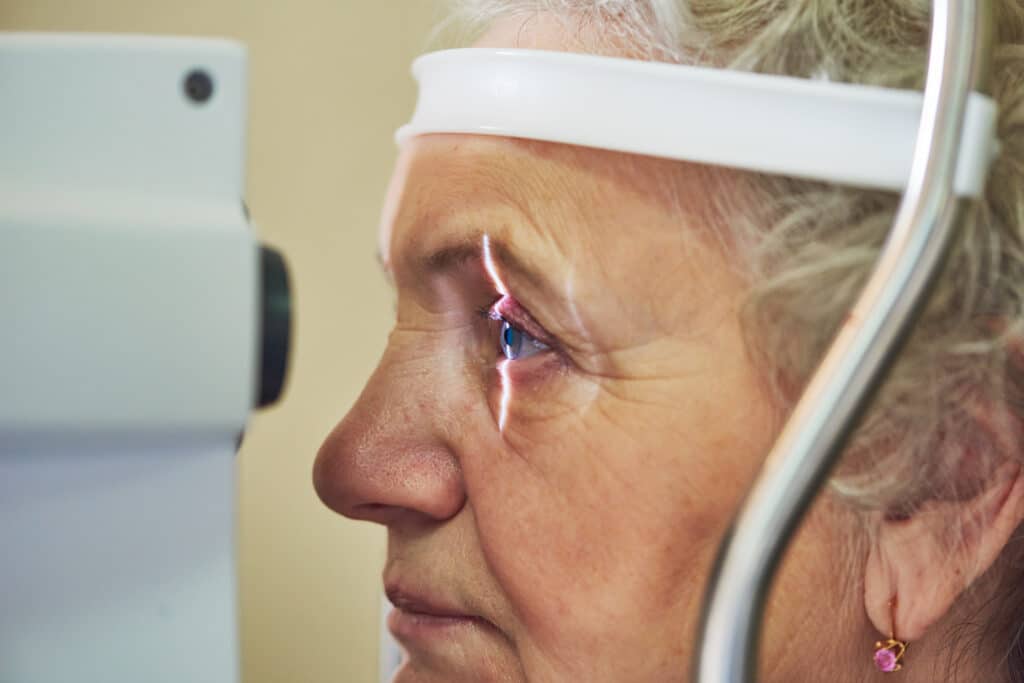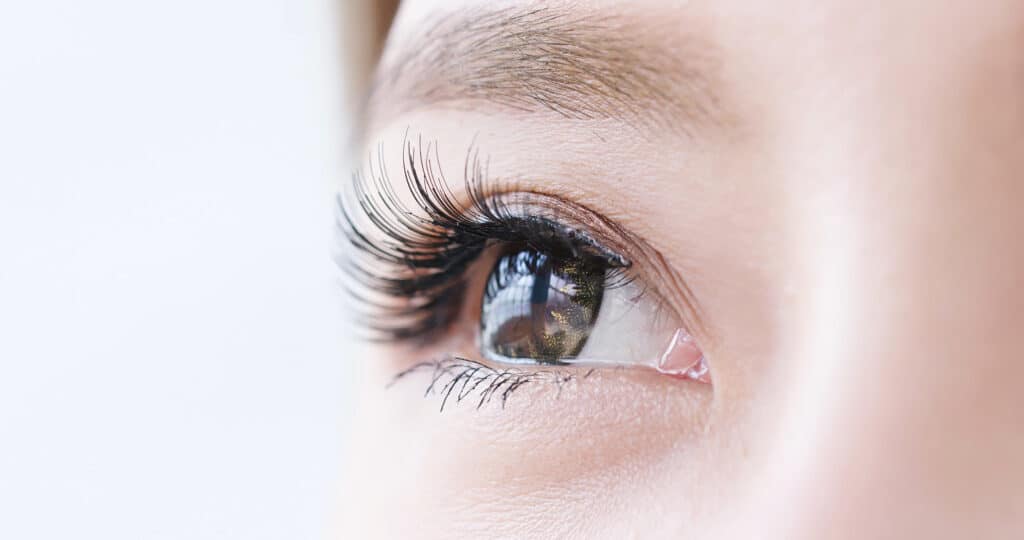LASIK vs. SMILE vs. PRK: Which One is Right for Me?
December 30, 2022
You may be considering vision correction if you want to limit or eliminate your need for glasses or contacts. While LASIK is the most well-known, SMILE and PRK are extremely effective options. Only a consultation can determine which will work best for you.
What are LASIK, SMILE, and PRK?
LASIK, SMILE, and PRK are types of laser eye surgery. All types of laser eye surgery work by reshaping the cornea. This clear layer at the front of the eye helps focus incoming light on the retina. If you are nearsighted, farsighted, or have astigmatism, the shape of your cornea may not focus light correctly. Your eye surgeon uses a laser to reshape your cornea and improve your vision.

LASIK vs. SMILE vs. PRK: Which One is Right for Me?
During your consultation, your eye surgeon will determine which procedure offers your best results. The best choice takes into account your eye health, lifestyle, and many other factors.
Is LASIK Right For Me?
LASIK (Laser-Assisted in situ Keratomileusis) is a popular and widely used form of laser eye surgery. It works by using a laser to create a flap in the outer layer of your cornea. It then uses another laser to reshape the cornea.
While most people make good candidates for LASIK, the creation of a flap means it may not be the best option for some people. Those with thin or malformed corneas may benefit more from another procedure. We may also recommend a different treatment for those with chronic dry eyes.
LASIK often makes the best option for those with high prescriptions not treated by other methods. LASIK also treats farsightedness, which SMILE does not.
The Path to Clearer Vision Starts Here
Is SMILE Right For Me?
SMILE (Small Incision Lenticule Extraction) uses one laser instead of two. It creates a lenticule, a disc of corneal tissue, then uses a tiny incision to remove it. Because this incision is smaller than the LASIK flap, SMILE makes a better choice for some people.
Good candidates for SMILE are nearsighted or have astigmatism. You must also have a prescription within the range that SMILE can treat. SMILE may be recommended for those with corneal conditions, dry eye, or other issues that make them ineligible for LASIK.
SMILE has not yet been approved to treat farsightedness and cannot treat some strong prescriptions. However, the lack of a flap makes it a good choice for many people.
Is PRK Right for Me?
PRK (Photorefractive Keratectomy) works by removing the outermost layer of the cornea to allow reshaping with a laser. Unlike a LASIK flap, this layer is not replaced. You will grow a new outer layer over the course of a few weeks.
PRK provides an option for some people who cannot have SMILE or LASIK due to thin or damaged corneas or other issues. People may also benefit from PRK if they engage in contact sports or other activities that could damage a corneal flap.
PRK treats nearsightedness and astigmatism. While it has a longer recovery time, it offers the best choice for some people.
Take the Next Step
If you’d like to learn more about LASIK, SMILE, or PRK, schedule a consultation with our Heart of Texas Eye Care team, serving Dripping Springs, Austin, Kyle, Bee Cave, Marble Falls, and other surrounding areas. Contact us at (512) 213-2220 today!
*Individual results may vary


